Metaverse has been the most trending buzzword for quite some time now. People from the tech world had been waiting for AR and VR to pick up the pace. It took a global pandemic to give these technologies the push that they needed.
A lot of incredible things have happened since. Even Facebook Inc. renamed itself Meta with an indication of their hopes for the future of this technology.
The rise of the Metaverse is going to change the ways of our human lives. Elements from what was until now, science fiction, are making their way into reality.
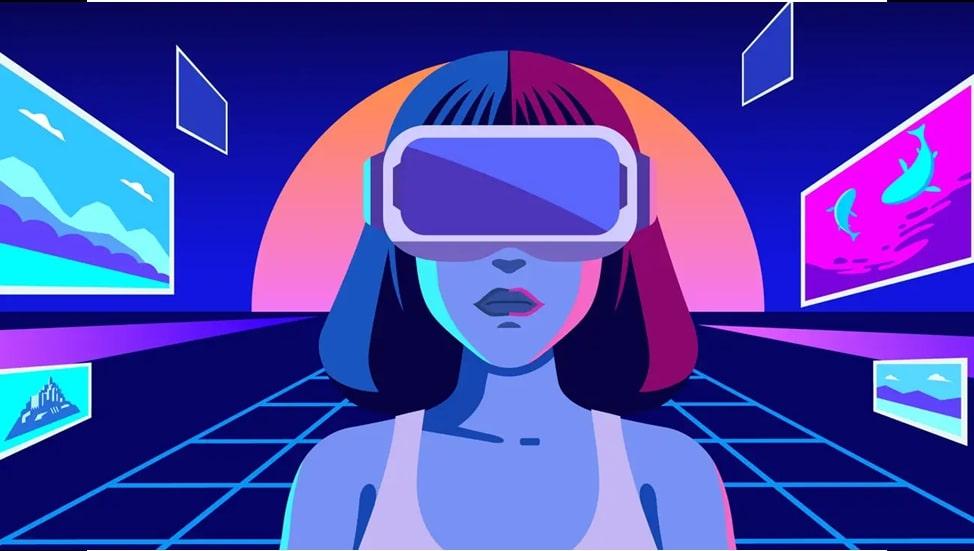
What is Metaverse?
The word ‘meta’ means beyond and ‘verse’ means universe. So in idea, Metaverse is a virtual extension of our physical world. It is not a single technology but a confluence of many other technologies.
Virtual reality, augmented reality and the internet are the core technologies that make Metaverse possible. So, Metaverse is the digital realm you can traverse using technology.
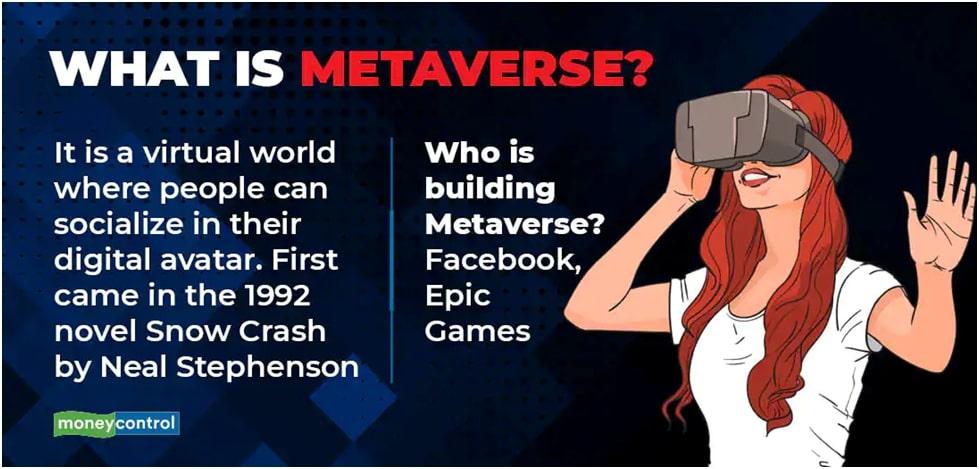
There have been games and programs such as SIMS and Second Life. However, these cannot be classified as Metaverse. What makes metaverse different is the level of immersion and interaction ability possible.
Either using a 3D avatar or FPP using a VR headset, you will be able to roam around in the virtual world and interact with all the elements therein, just like in the real world.
Metaverse truly has no bounds. It is similar to the internet, no one owns it, no one controls it. It goes beyond platforms and isn’t some feature that can be turned off.
Let’s give you some numbers and facts so you’ll understand the significance of the Metaverse.
Metaverse in Numbers and Facts
Let’s see how the Metaverse has been making headlines lately:
- Marshmello hosted the first virtual concert in Fortnite and 7 million users attended.
- Lil Nas X’s show on Roblox pulled in 33 million viewers.
- Travis Scott’s Astronomical convert hosted in Fortnite had 8 million viewers.
- A Gucci Bag was sold for $4100 on Roblox, more than its actual retail price.
- There will be 7 billion AR users in the next two years.
- Disney is bringing a virtual Disneyland
- Coca-Cola recently sold an NFT for half a million on OpenSea.
- Balenciaga has partnered with Fortnite to bring Fashion into the Metaverse.
- VR gear sales are set to surpass $10 Billion in 2022.
Astounding! Right? After considering these numbers, it becomes evident as to how the Metaverse is only going to grow in terms of its influence.
How can your business capitalize on the growth and adoption of Metaverse? How can you use Metaverse for marketing?
We present to you the Metaverse marketing opportunities that you can use to stay ahead of the competition.
Metaverse Marketing Opportunities
Leverage Immersive Experience
Until this point in time digital marketing has been limited to a screen, touchpad, mouse and keyboard. While it was possible to interact with the marketing content, it was nowhere near the natural retail experience.
Metaverse marketing is here to change that. The Van Gogh Immersive Experience was one of the first large scale AR implementations. It wasn’t only received well but made headlines for the immersive experience that it provided.
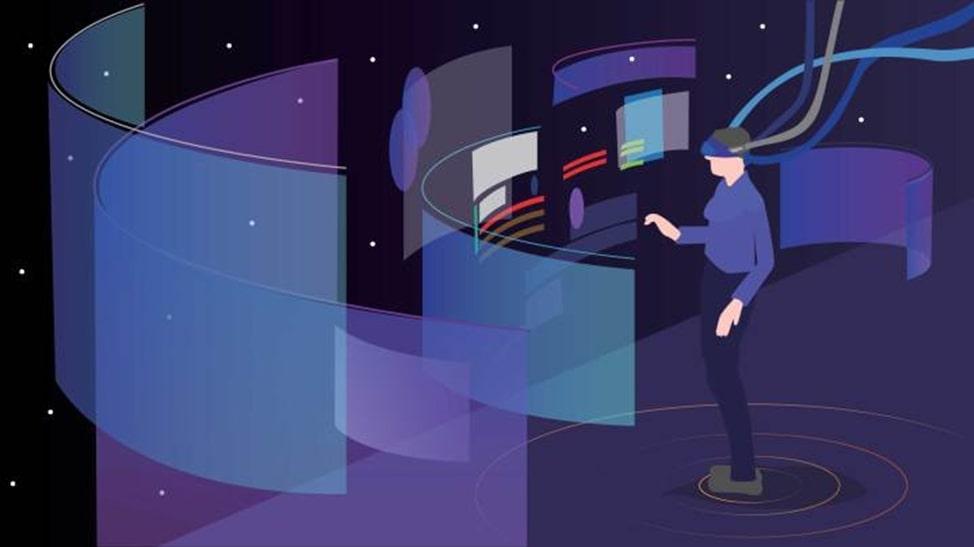
Customer experience is a top priority for any brand and Metaverse marketing will allow you to take it to a whole different level. Brands will no longer be restricted by the confines of the physical world and physics that govern it.
You will be able to provide the same mesmerizing experience to two people sitting in the living rooms across the world.
Complement Physical With Virtual
The advent of the age of immersive experience will not be the end of the physical retail experience. Our current technologies cannot yet accurately replicate the sense of touch, smell or taste.
So this is going to be a limitation for metaverse marketing for now. However, metaverse can be used for enhancing the retail experience even further. Nowhere will this be more effective than at places where customizations are a big selling point.
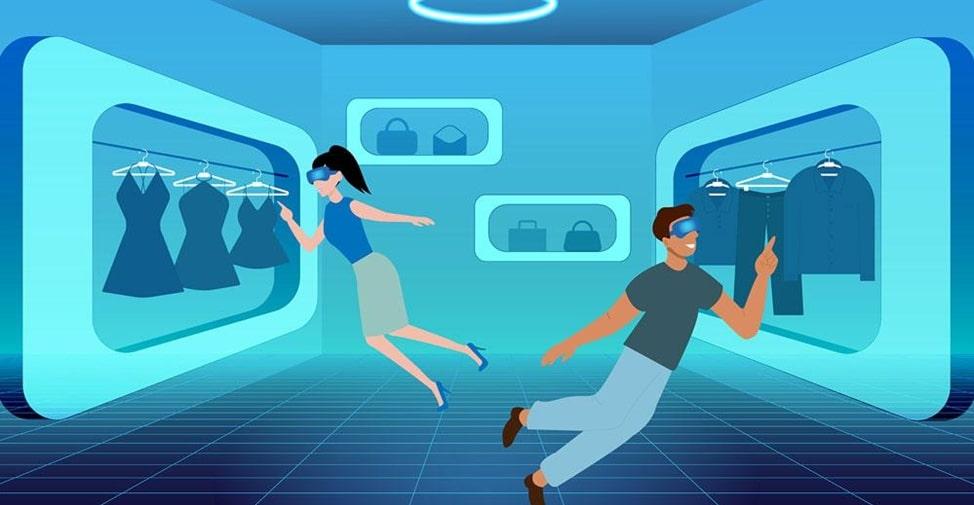
Customers will be able to see how things will actually look in their cars, homes, hardens and on them. This will enhance the retail customer experience a lot.
You could even provide users with a complete retail experience from the comforts of their homes. People will be able to try on a hundred different styles and colors of clothes and accessories with a few clicks in the Metaverse.
Digital Collectables
NFTs are all over the news these days. Recently, Christie’s auctioned an NFT for $69 million. Yes, that’s right, $69 million for a digital asset.
Digital assets aren’t a new thing for gamers though. Gamers spent close to $55 billion for various things inside a game in 2021. The most expensive in-game item to date is a planet inside the game Entropia that was sold for $6 million.
So there is a big market for digital assets. But how can a brand make use of this for marketing? We can answer this in one word, Exclusivity!
Hype marketing is very effective and there’s no better way of creating hype at present than with NFTs and digital assets.
Just follow these three rules:
- Make the digital asset/NFT something that a customer needs to earn. No one should be able to just buy it.
- Make it tradeable.
- Make it super exclusive like a 1:1 art piece.
You could even bundle such digital assets with certain purchases. The goal here is to retain exclusivity and let the hype in the market do its thing.
Set up Virtual Stores
Some brands have stores in locations that are iconic and synonymous with the brands. Consider Supreme and their first store in New York, Louis Vuitton or Chanel in Paris, Armani in Milan or Rolex in Geneva.
Every one of these stores is unique in the form of the customer experience they provide. The customer experience at such stores was hard to replicate at other locations.
The ability to provide this customer experience is an intangible asset of huge value for any brand. Until now it wasn’t possible to monetize this asset to its full extent. Metaverse marketing is here to change that.
With 3D scanning, AR and VR, you can digitize the entire store, its unique location and all the other details. Setting up a virtual store based on your most iconic physical store is a recipe for success.
While the customer experience wouldn’t be the same as visiting the store in person, it would be very near to it. The ability to experience such iconic stores from anywhere in the world with just a click makes up for being unable to visit it in person.
Personalization in the Real World
Billboards, standees, huge digital screens have been used to display adverts effectively in the real world. However, the one functionality they lack is personalization.
You can only run one ad at a time on a digital screen. Billboards, signs and standees are static and display just one ad at all times.
With metaverse marketing, this is set to change. AR and VR technology will allow marketers to extend personalization from the digital world onto the real world.
Billboards, signs and standees will no longer be static mediums. You will be able to display targeted adverts to different people from the same billboard or standee with the help of AR and VR.
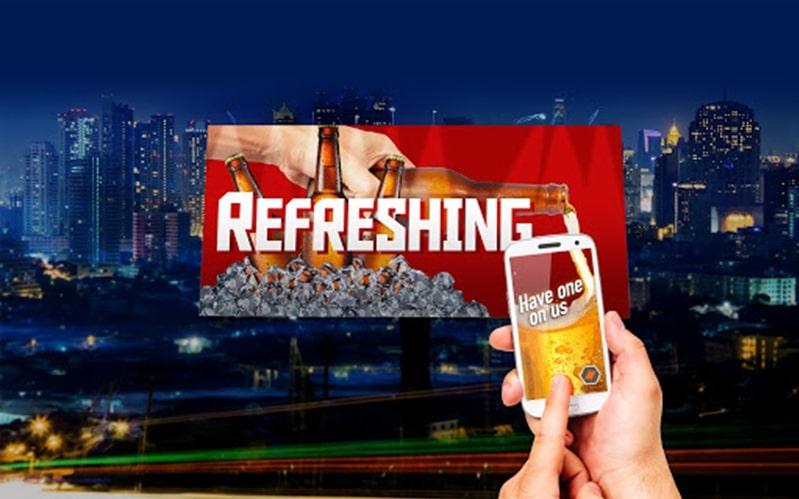
Marketing in the real world will become as effective and cost-efficient as in the digital world. This form of marketing will not only be more sustainable but enable marketers to extend omnichannel experience in the real world as well.
Metaverse marketing will significantly enhance the customer experience, reduce costs and make marketing in the real world more effective.
Wrapping Up
A technological revolution is at our doorsteps and knocking. We’ve seen glimpses of possibilities through video games and science fiction. A lot of those have already turned into reality.
Marketing opportunities in the Metaverse are endless. All a marketer needs is a good understanding of technology and human behavior.
The day isn’t far when half of human existence will be spent inside the digital realm. It’s time you let your imagination work out marketing strategies for the metaverse.





